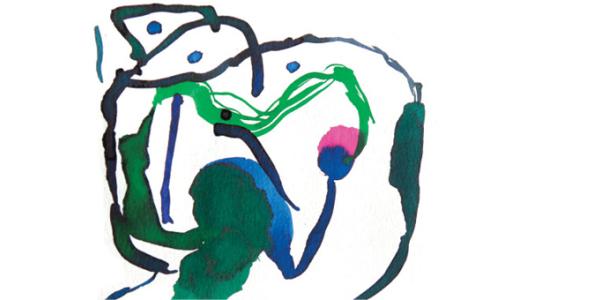Supporting Families: Education and Collaboration

You are here
For educators, September tends to be an exciting and challenging month. As the back-to-school rush ebbs and classroom routines take root, young children form new friendships, ask questions that spark investigations, and—one way or another—turn even the most carefully crafted lesson plans inside out.
Teachers’ to-do lists are long, making priorities hard to establish. Still, there’s an underlying message throughout this Young Children cluster: Make forming strong relationships with families one of your top goals.
The importance of supporting and collaborating with families did not fully resonate with Joseph Michael Valente until his daughter started preschool. As he explains in “Mr. Joe Becomes a Dad: A Former Preschool Teacher Reflects on His First Child Starting School,” parents and other primary caregivers have just as many hopes and fears at the start of school as their children.
After Valente’s bittersweet reflection, we turn to very practical advice for understanding and improving children’s behavior in “Reducing Challenging Behaviors during Transitions: Strategies for Early Childhood Educators to Share with Parents.” Authors Anne M. Butler and Michaelene M. Ostrosky offer research- and practice-based wisdom that will benefit teachers and families alike.

This painting was done by Harper—a 5-year-old in a Reggio Emilia-inspired program—
for a celebration of preschoolers transitioning to kindergarten. The celebration highlights
the program’s relationship building with families.
In forming relationships with families, it is wonderful to offer emotional support and share knowledge of child development—and it’s essential to make families partners in guiding their children’s education. Will Parnell, Ellie Justice, and Laure Pearson Patrick describe their innovative approach in “Engaging Extended Family and Friends in Young Children’s Education.” Through their school’s Friends and Family Day, they don’t just showcase children’s learning—they invite extended family and friends to become learners too.
Early in the school year, as they proactively get to know children and their families, many teachers engage children in learning about different types of families. Wendy M. Smith-D’Arezzo, in “Supporting Adopted Children and Their Families: Using Picture Books to Tell the Stories of Adoption,” helps teachers develop strategies to support adoptive and foster families. An adoptive parent and a professor, Smith-D’Arezzo has found that extra care needs to be taken to represent a broader array of family formation stories.
Knowing that supporting and collaborating with families is absolutely critical for healthy child development, we close this Young Children cluster with two articles that highlight approaches that can be implemented only by administrators, state leaders, and other educational community partners coming together to reach beyond what teachers themselves can do. We hope readers will share these articles with a broad range of local and state leaders so that communities can innovate to meet families’ needs.
Because many families are eager for personalized opportunities to learn more about supporting their children’s development, we look closely at a well-known—but not nearly common enough—approach in “Home Visiting Programs: Supporting Relationships and Healthy Development,” by Carla A. Peterson, Leslie J. Dooley, and Liuran Fan. Especially when families live in communities with limited resources, home visiting programs build bridges to needed services, offer fun educational activities for caregivers and children, and boost families’ resilience.
Finally, sharing an idea from Canada, Deanna Pecaski McLennan and Clara Howitt describe a free drop-in program that serves families with infants through 6-year-olds. As they explain in “Learning from Birth: Ontario’s EarlyON Child and Family Centres,” this program is offered inside elementary schools so that families already have comfortable relationships with educators and schools when their children officially enter school.
At times, the notion that parents are children’s first teachers almost seems like a platitude. It can be interpreted as a simple reminder to keep families informed about weekly activities and topics. Upon reflection, early childhood educators may see—and embrace—families as children’s first, most important, and only long-term teachers. That shifts the educator’s role, making engaging with the family as important as teaching the child. Forming strong relationships is time consuming, but the rewards are plentiful—especially when teachers intentionally select instructional materials that represent the children’s families and communities. When families are supported in extending teachers’ projects, read-alouds, and open-ended questions into the evenings, weekends, and summers—for years to come—the impact on children’s learning is powerful.
—Lisa Hansel
For more on family engagement and overcoming divisions by building relationships, see “The Professional Obligation to Value Families,” by Rhian Evans Allvin, NAEYC’s chief executive officer. Also, please be sure to read NAEYC’s commitment to #FamiliesBelongTogether.
We’d love to hear from you!
Send your thoughts on this issue, and on topics you’d like to read about in future issues of Young Children, to [email protected].
Is your classroom full of children’s artwork?
We would love to feature it in Young Children! See NAEYC.org/resources/pubs/authors-photographers/photos or email [email protected] for details.
Lisa Hansel, EdD, is the editor in chief of NAEYC's peer-reviewed journal, Young Children.
